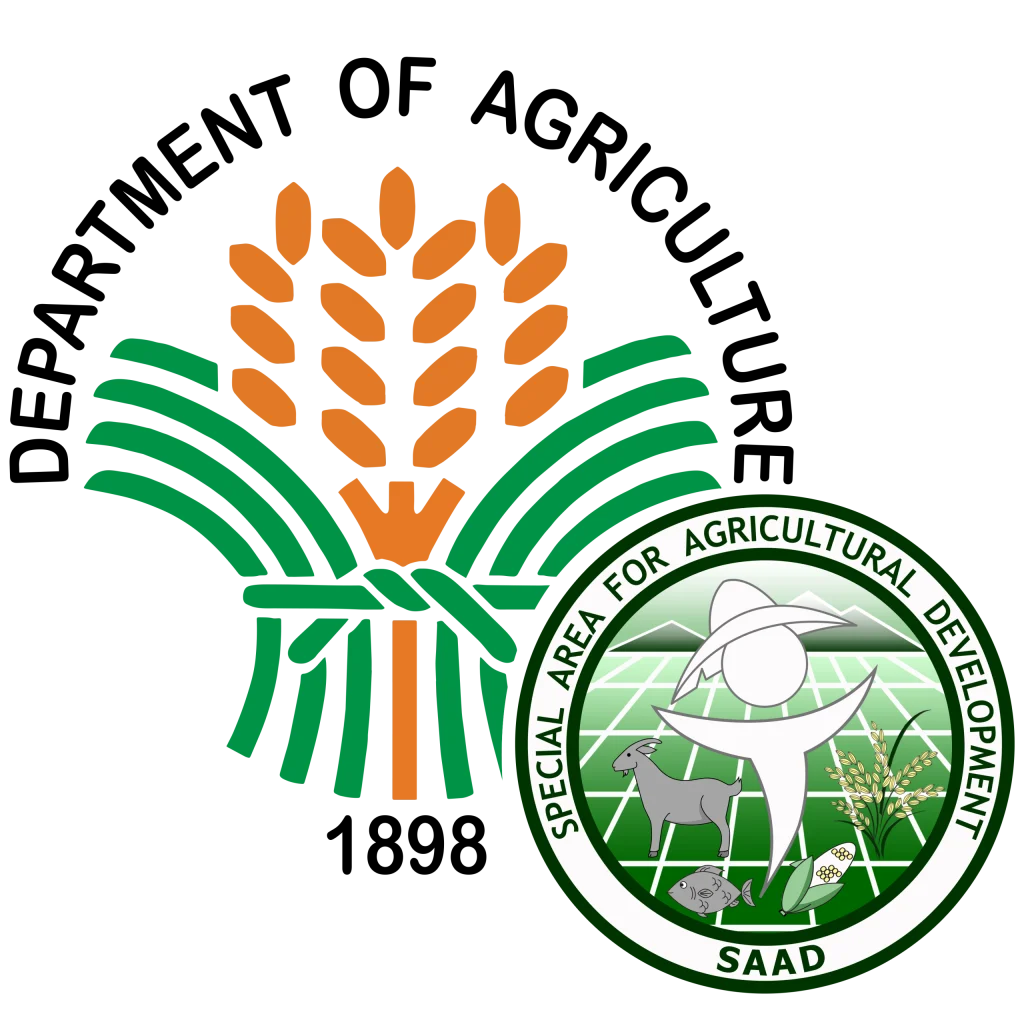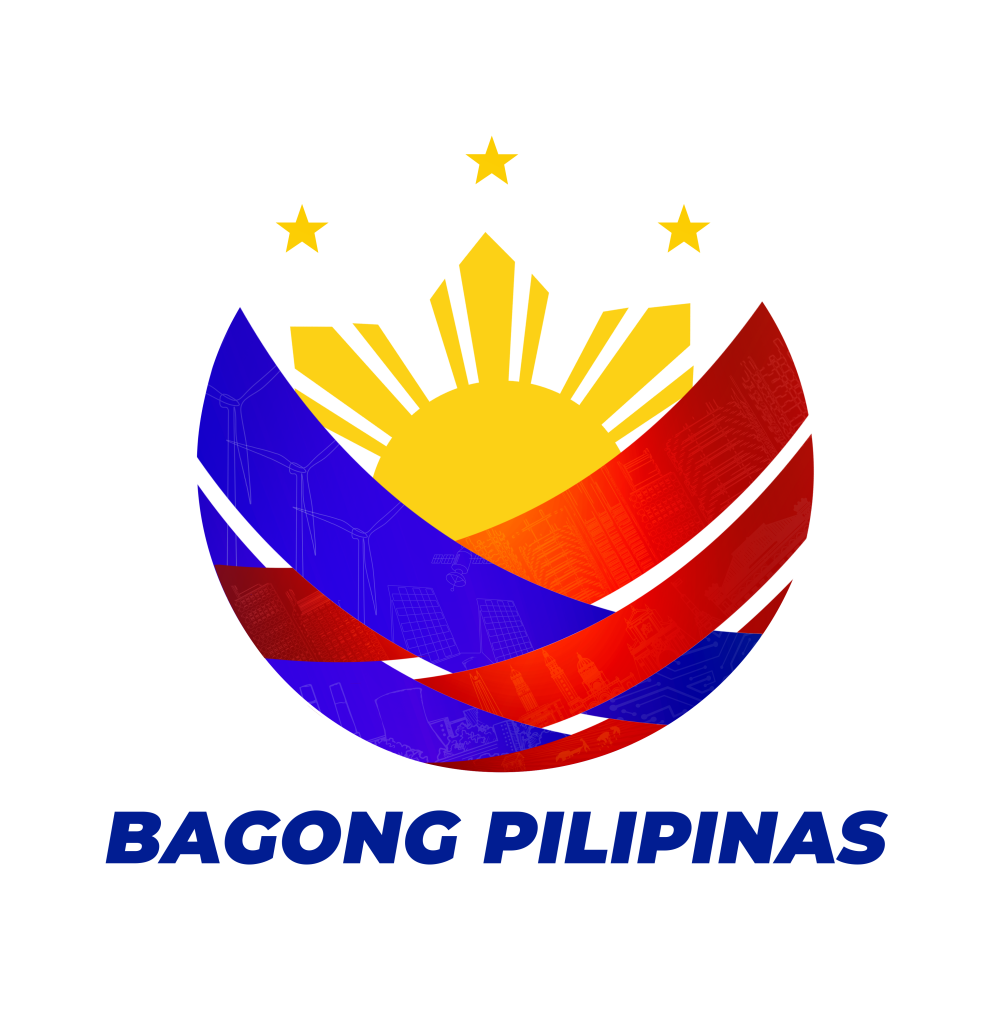The Special Area for Agricultural Development (SAAD) Program of the Department of Agriculture (DA) is essentially anchored in poverty incidence reduction, and local food production activation, through livelihood assistance for marginalized Filipino farmers and fishers. The program is committed to the development of marginalized Filipino communities by improving their economic conditions through the creation of livelihood opportunities in the agriculture and fishery sectors.
SAAD’s inception primarily targeted to assist beneficiaries, and their household in food sustenance, providing “food on the table” by giving access to capital to engage in agricultural activities. The program then operated under four (4) components – Program Management, Social Preparation, Production and Livelihood Interventions, and Marketing Assistance and Enterprise Development – that are designed to sustain and maximize beneficiary development while under the program.
These components serve as pillars of the operational framework with the ultimate goal of holistic transformation of the socio-economic conditions of the communities, and the shaping of its members’ bagong pananaw sa agrikultura (perception in agriculture) as a tool to gain freedom from poverty.
The Program Management component comprises activities that are preparatory and operational to ensure efficient and effective program implementation. It also includes monitoring and evaluation to draw relevant inputs to enhance practices and policies.
Meanwhile, the Social Preparation component encompasses a series of training including a needs assessment of the beneficiaries to ensure readiness and empower SAAD beneficiaries in accepting and managing the projects. This component also increases the adaptability of projects among the recipients, and also includes active coordination with partner agencies and organizations for possible collaboration.
The Production and Livelihood Interventions component entails the livelihood projects given based on the assessed needs of the recipients. Interventions given to selected beneficiaries range from animals, crops, fisheries production, post-production inputs, tools, machinery, facilities, and equipment to improve their farm and fish production practices and productivity. As a strategy, the beneficiaries usually receive mixed long-term and quick-yielding inputs fitted to their needs, with consideration for sustenance or income resources.
Lastly, the Marketing Assistance and Enterprise Development component corresponds to the program’s initiatives to help communities create enterprises by establishing market linkages and providing technical assistance and logistic support. This component streamlines linkage opportunities for state-funded as well as private programs to keep the projects sustainable and productive. The establishment of micro-scale enterprises (MSEs) is a clear indicator of the project’s adaptability on the ground.
Following the four components, it transformed farmers and fishers and their projects to produce enough food, and target enough surplus to engage in entrepreneurship. As smallholders, the program guided the producer-beneficiaries to establish community-based enterprises (CBEs) so that even when they graduate from the program, the capital shall roll and the production will persist.
Essentially, beneficiaries are selected based on poverty incidence among families released by the Philippine Statistics Authority (PSA) in 2012 and 2015, with the inclusion of conflict-stricken areas under the E.O. 70 series or End Local Communist and Armed Conflict (ELCAC) in 2019.
Since 2017, the program covered 30 provinces (440 municipalities and 27 cities) across 11 regions. As such, SAAD provided a total of 3,602 livelihood projects both in the agriculture and fishery sector. Further, it assisted 143,520 individuals and 6,319 farmers and fishers’ cooperatives and associations (FCAs) with 179,088 members throughout its implementation.
SAAD started under the leadership of former Assistant Secretary of the DA for Planning, Project Development, and Special Projects, Mr. Lerey A. Panes in 2017. This was followed by development expert Ms. Bernadette F. San Juan in 2017-2019, and agricultural scientist Dr. Myer G. Mula from 2019-2022. From August 2022 to the present, SAAD is led by another development practitioner, Director is Mr. Ulysses J. Lustria Jr.
The National Program Management Office (NPMO) facilitates the conduct of the program through its four major clusters: 1) Administrative and Procurement, 2) Planning, Monitoring, and Evaluation, 3) Public Relations and Communications, and 4) Information Technology sub-unit. They are responsible for the creation of policy guidelines for the regional and provincial support units. Further, it leads the planning, budgeting, monitoring, and evaluation among other processes necessary to run the program.
It is guided by an operations manual containing the program’s framework, principles, and structure of the execution of projects in the 30 poorest provinces of the country where it operates.
In total, the program has crafted policies that addressed the gaps and constraints encountered throughout the implementation. Some of these are:
- Formulation of social preparation guidelines
- Creation of guidelines on the creation of nurseries and multiplier farms
- Provision of appropriate agricultural and fisheries technologies such as diversified farming and balanced fertilization
- Partnership with national and foreign fund donors that provides interventions and logistic support
- Continued support to marketing and enterprise establishment through social preparation, specialized training, and market linking
- Guidelines on Community participation in Procurement that would enable the procurement of goods and services within the community reducing cost and assuring quality through commodity adaptability.


